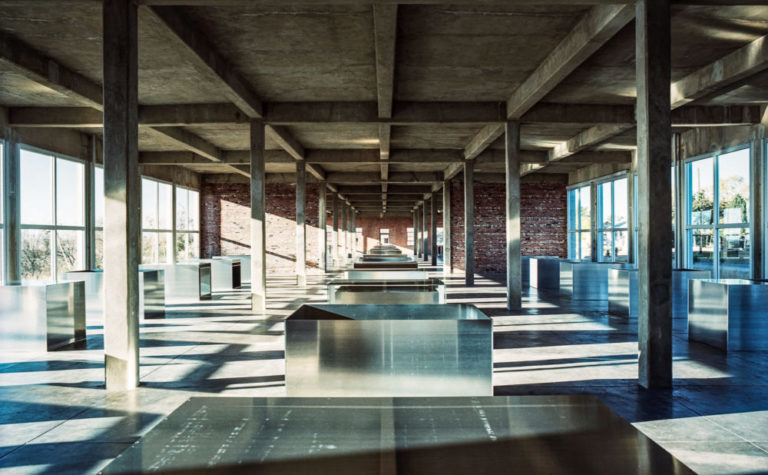
Based in New York, GION is a photographer who regularly takes pictures of arts, artists and landscapes of the city. GION’s clients include many fine art writers, who have been documenting works of art, their artists, and the relevant scenes for over a quarter of a century. His website features portraits of icons both eastern and western, young and old, such as Woody Allen, Wes Anderson, Natalie Portman, Ryuichi Sakamoto, and Eli Broad, who passed away recently.
Environment Surrounding His First Encounter with the Camera to His Activities in New York

First Picking Up the Camera As a Student Absorbed in Theater
― Please tell us about when you first picked up a camera.
I went to high school in Okayama, and then moved to Tokyo to attend Waseda University.
As soon as I entered Waseda, I joined the theater group and began to spend every day immersed in scriptwriting.
I’d been an admirer of Hideo Kobayashi since I was in high school, so I longed to be a writer, but I didn’t have any luck in the theater.
Around then, a younger fellow student who was having some money problems approached me and asked if I wanted to buy his camera for about 100 dollars – it was a Nikon F2, used by professionals at that time. That was the first camera I ever had in my life.
First Days Walking Around Tokyo as A Photographer
― What was your journey like from the time you first picked up the camera to it becoming your livelihood?
At first, I started by taking pictures using my fellow actors as models. I soon realized that photography was actually very close to what I was doing in the theater. There you place actors on the stage, give direction, determine where to place the furniture and sets, and figure out how to light everything correctly. In photography, you determine the composition and lighting in the frame of the photo.
It became interesting – I was taking more and more pictures of my fellow actors and friends, and soon after graduating, I started to work as an assistant at the studio of a fashion photographer in Roppongi. After about two years, I left the studio, and was then doing fashion shoots by myself for about a year.
1993: Heading to New York Seeking Opportunity
―How did you first decide to move to New York?
I was also considering London and Paris due to their active art scenes.
But thinking about the importance of communication, I really only considered English-speaking countries. I chose New York because a friend from my assistant days had already moved there, and given its great appeal, I moved there in 1993.
Right after I moved, I would spend my days going to an English language school and flipping through the Black Book (the Photographers Black Book, a directory of photographic industry experts from throughout the United States) to find and contact photographers who were active in New York. After contacting many people, I found a job as a freelance assistant. For the first three years, while working as an assistant to a local photographer, I would separately hire my own models and hair/makeup artists for test shoots to create my own work.
―How did you get through this difficult period of supporting your own projects both financially and mentally?
Honestly, it wasn’t hard at all at that time. It was actually fun to work while planning the next project’s concept and story, thinking about the wardrobe, sets, and how to shoot it. For example, if there was a fashion shoot of about 10 pages, I’d think of it from beginning to end as a story. That way of thinking, combined with forming a team with the wardrobe and makeup artists, really brought back to life the experiences I’d had while working on plays.